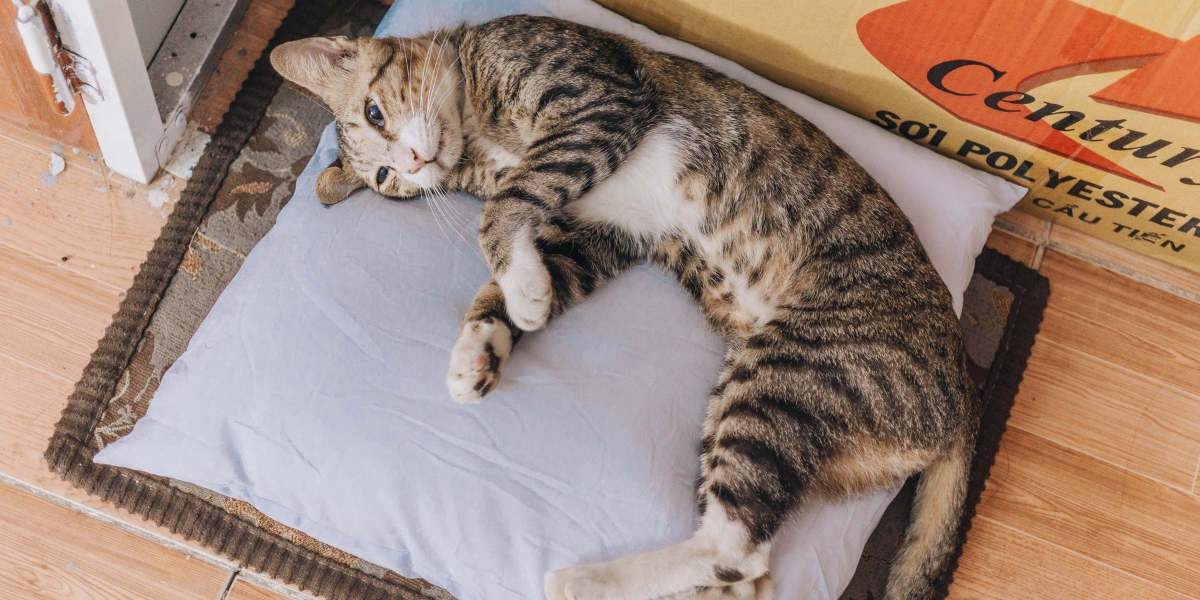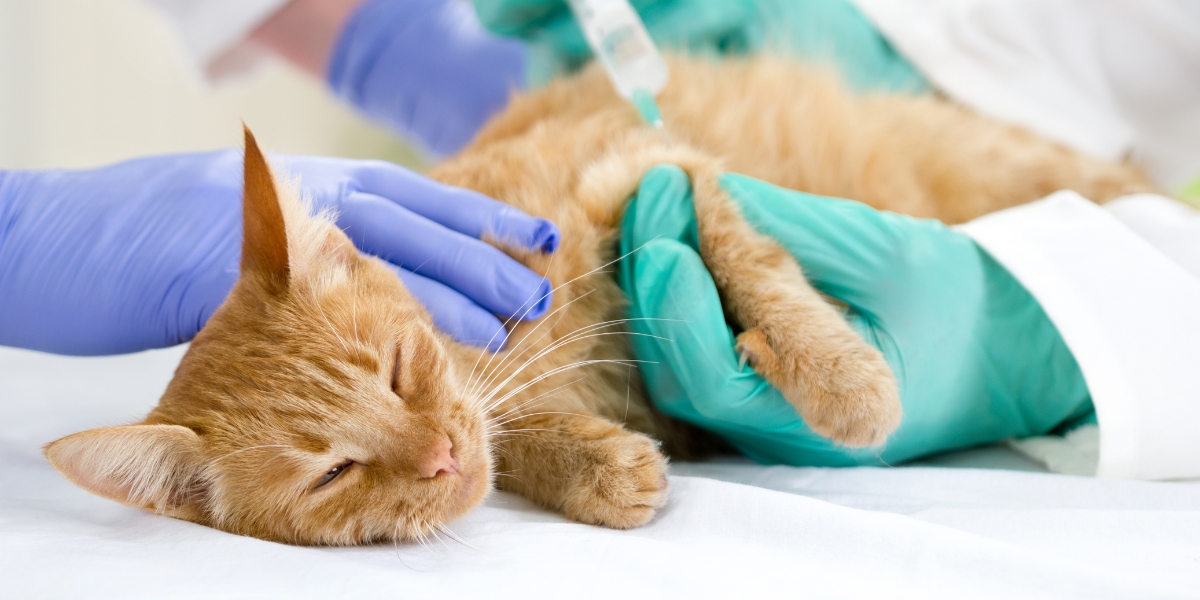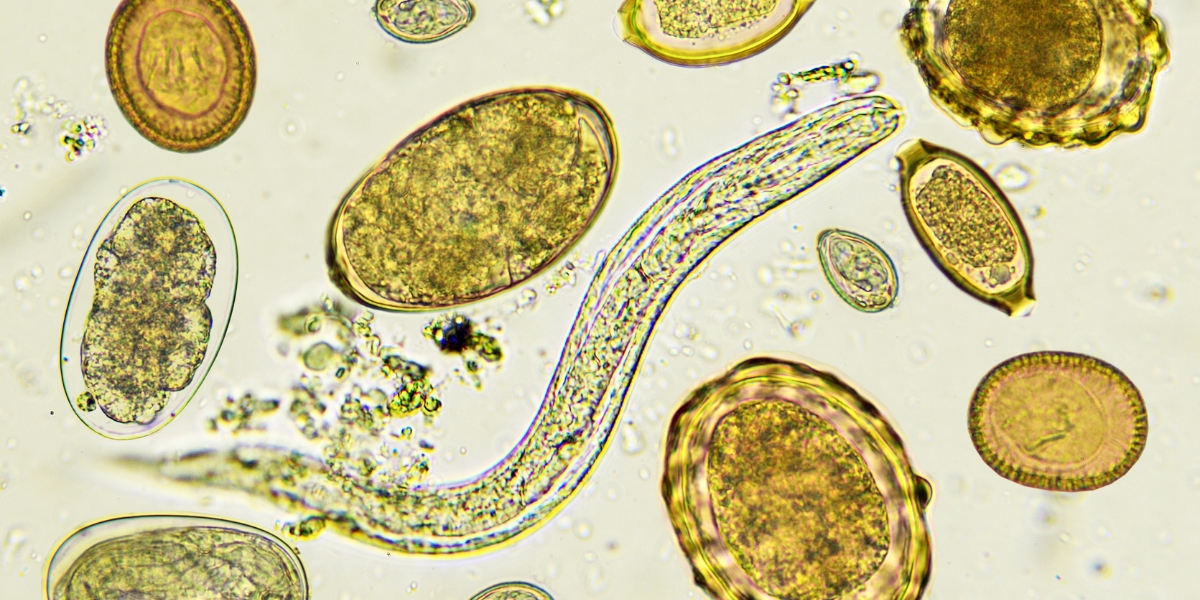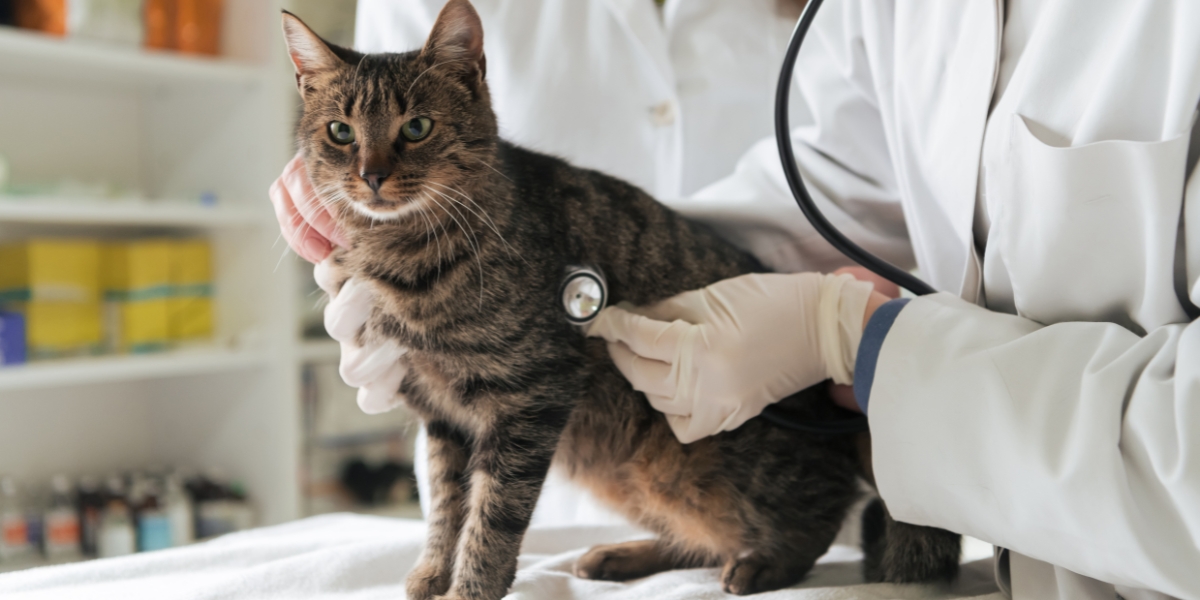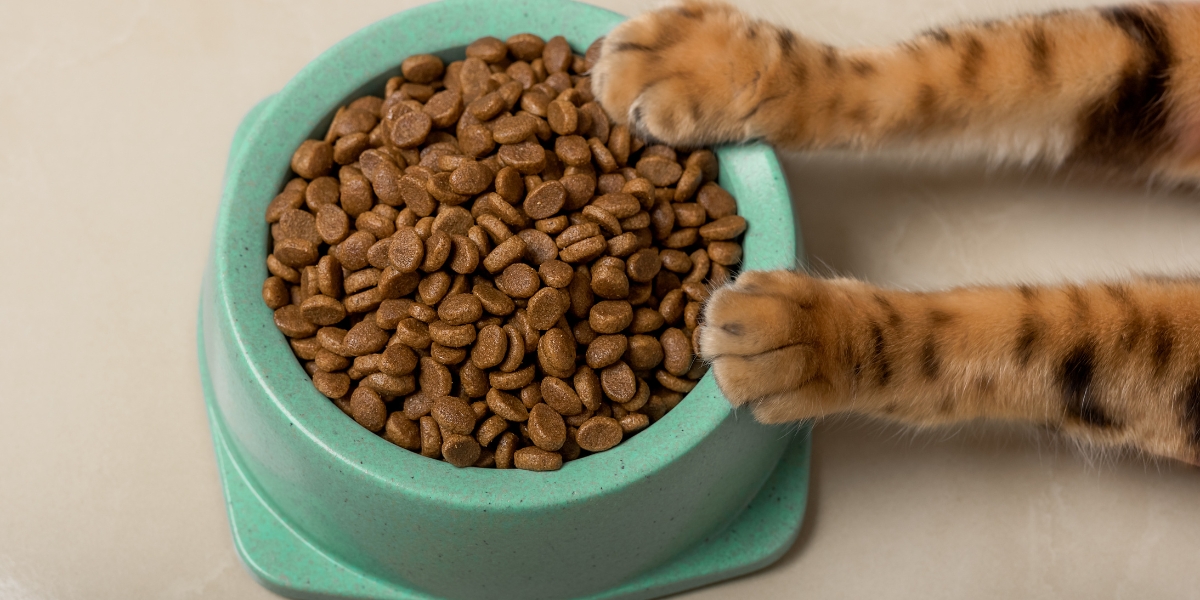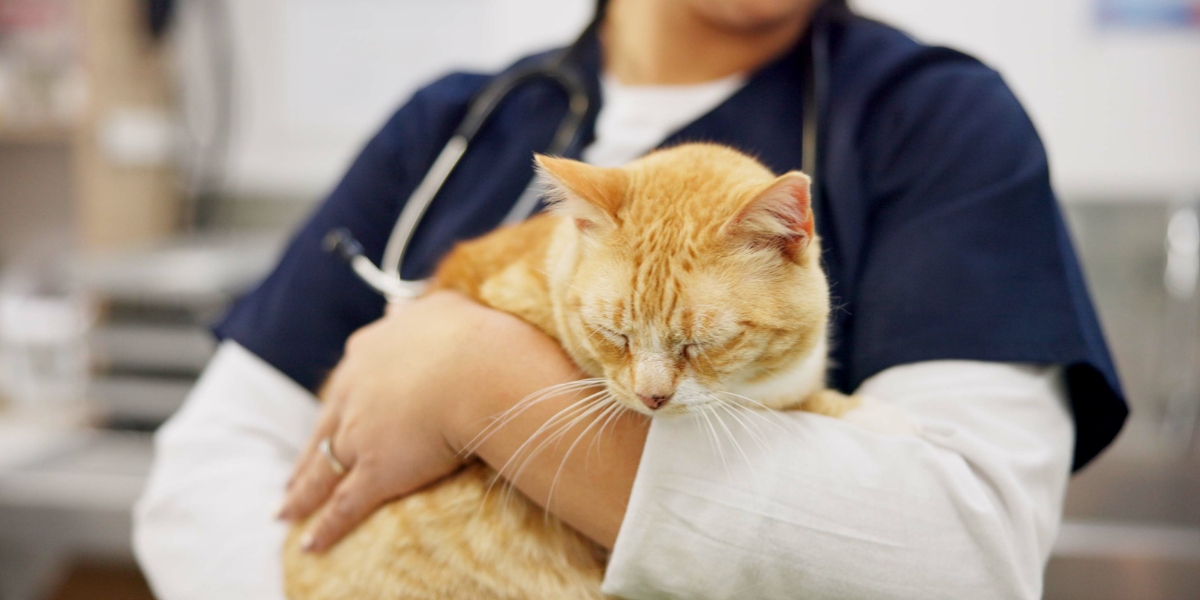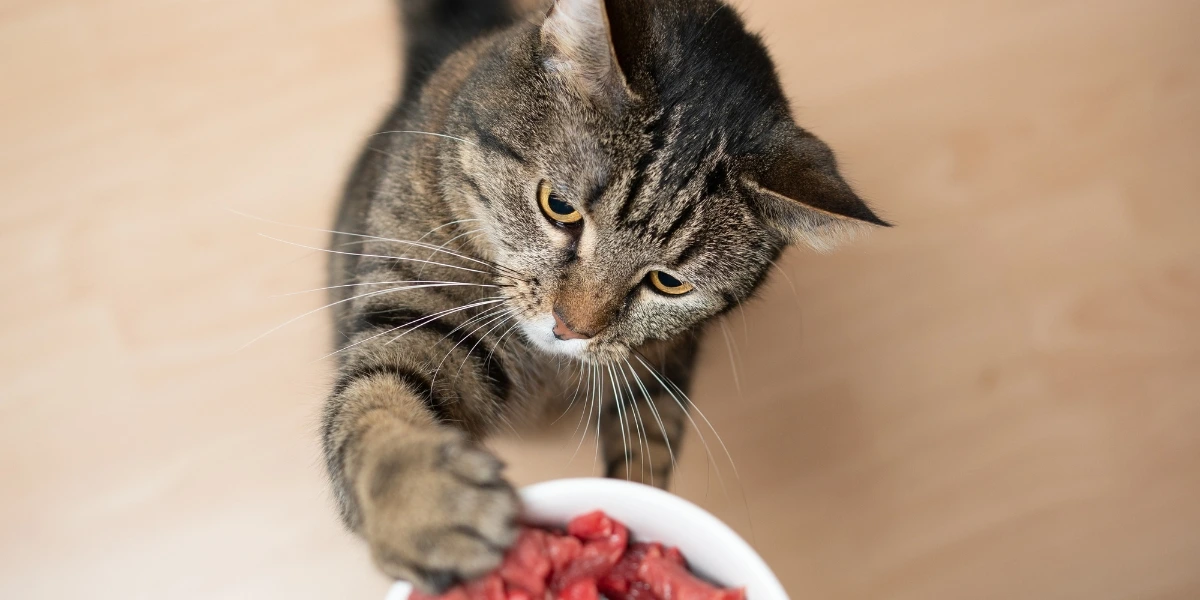As a cat owner, seeing your feline friend unwell and vomiting can be distressing. You might find yourself wondering: “Why is my cat throwing up white foam?” This is not an uncommon issue, but it can feel alarming when you’re unsure of what it means for your pet’s health.
Vomiting white foam often happens because your cat has an empty stomach, which could occur if they skip meals or ate too fast during their last meal. While a single episode of white foam may not always be serious, vomiting frequently can be a sign of something wrong, such as an underlying condition.
This article explores why your cat might be throwing up white foam and offers some practical ways to help them feel better.
Why Is My Cat Throwing Up White Foam?
Cats that experience frequent vomiting of white foam may require long-term management. This involves dietary changes, medications, and lifestyle adjustments. It’s essential to work closely with a veterinarian to develop strategies that ensure your cat stays healthy and comfortable over time. Regular check-ups and following the vet’s advice will help manage the condition effectively.
What Does White Foam Vomiting Mean?
When a cat starts vomiting white foam, it could be a sign of various underlying issues. The foam is often composed of stomach acids and mucus, which can develop when your pet hasn’t eaten for a while. The appearance of the foam may vary depending on your cat’s diet, overall health and hydration levels.
It’s essential to observe your cat’s behavior and any other symptoms to help identify the problem. Providing your veterinarian with accurate information about these factors can be crucial for diagnosing and managing the issues effectively.
Common Causes of White Foam Vomiting
One of the common reasons why cats vomit white foam is irritation or inflammation in their digestive system, often due to an empty stomach. This thick white liquid could also signal serious problems like ingestion of a foreign body such as a string or health concerns like internal parasites, bacterial infections, or viral infections. Other causes include systemic diseases like kidney issues, thyroid issues, or even a food intolerance or allergy. It’s essential to monitor your cat’s symptoms and seek advice if vomiting continues.
1. Indigestion
When a cat’s stomach is empty for too long, gastric juices like hydrochloric acid can build up and cause irritation, leading to vomiting. This often happens in the morning or when your cat hasn’t eaten on time. The result is usually white foam or even yellow foam.
To alleviate this, try feeding small, frequent meals at the same time throughout the day to help digest food properly and prevent an acid buildup. If vomiting persists, it’s important to see a vet for further advice.
2. Gastritis
If your cat has eaten something unusual or harmful, it can lead to an irritated stomach, causing vomiting of white foam, or even bile in yellow or brown liquid. In severe cases, you might notice vomiting blood. A cat exhibiting a decrease in appetite, lethargy or signs of dehydration may be suffering from gastritis.
3. Irritable Bowel Syndrome (IBS)
Irritable bowel syndrome (IBS) or inflammatory bowel disease are common causes of vomiting and diarrhea in cats. If your cat shows chronic symptoms, a vet may suspect IBS and recommend lab work to confirm the diagnosis. With the right treatment plan, you can help alleviate your cat’s symptoms and improve their well-being.
4. Diabetes
Diabetes in cats can cause major symptoms like increased drinking, frequent urination, weight loss and dehydration. If your cat experiences a combination of these issues, it’s important to consult a vet. Proper management often includes insulin therapy and a diet change to address the severity of the condition effectively
5. Pancreatitis
Pancreatitis is a condition that affects cats, similar to dogs and people, and can be acute or chronic. It often causes vomiting, lethargy, loss of appetite and dehydration. Other signs include abdominal pain, fever, or even jaundice. This could be a reason your cat is unwell. A vet may recommend fluid therapy and medications to manage the condition and improve your cat’s health.
6. Hepatic Insufficiency
In cats, liver disease can cause nonspecific symptoms like vomiting, lack of appetite, and weight loss. Severe cases may lead to jaundice, noticeable as a yellowing of the skin or the whites of the eyes (sclera).
While some types of liver disease are curable, symptoms can often be managed with a proper treatment plan, helping your cat feel better over time.
7. Renal Insufficiency
Kidney disease, also known as renal insufficiency, is common in senior cats and may lead to symptoms like vomiting, urinary issues, or other nonspecific signs. While it cannot always be cured, a vet can diagnose chronic kidney disease (CKD) and recommend supportive care at home or in a hospital to help your cat cope and feel better over time.
8. Hyperthyroidism
Hyperthyroidism is a common disease in senior cats and can cause symptoms like vomiting, weight loss, increased eating, and drinking. Other signs include diarrhea, increased urination or even excessive vocalizations. A vet can perform bloodwork to check thyroid hormone levels. If diagnosed, it can be managed with daily medication or even radioiodine therapy to help treat the disease and improve your cat’s health.
9. Parasites
Parasites are a common cause of vomiting, especially in young kittens. If left unchecked, a parasitic infection can lead to symptoms like vomiting and diarrhea. It’s important to have your cat routinely dewormed and a stool sample checked by a vet. If parasites are found, the vet can prescribe the appropriate dewormer to treat the infection and help your cat feel better.
10. Hairballs
Hairballs are a frequent cause of vomiting in cats, especially when they lick and groom themselves. While grooming, cats ingest loose fur, which can accumulate in the digestive system and form a hairball. When the hair cannot be passed, it may lead to vomiting or throwing up white foam.
To prevent hairballs, regular brushing, dietary supplements, or over-the-counter gels can help manage this. Regular grooming is key to keeping your cat comfortable and reducing hairball issues.
When to Call the Vet
It’s normal for cats to have the occasional bout of vomiting, especially if they eat too fast or ingest something irritating. However, if your cat starts vomiting white foam frequently or has persistent episodes that last beyond a day, it’s crucial to schedule an appointment with a veterinarian.
Be alert if your cat also exhibits additional symptoms like lethargy, weight loss or diarrhea, as these signs warrant professional care and could indicate a more serious issue.
Sometimes, a seemingly fine cat may suddenly act “off” and become pukey at home. If the vomiting continues or your pet begins to vomit on a semi-regular basis, don’t resign yourself to the myth that it’s normal. Instead, contact your vet to figure out what’s ailing your furry friend. A quick call could bring your cat much-needed relief—and save your floors, too.
Symptoms to Watch For
Lethargy: If your cat is tired or unusually inactive, it could indicate a serious underlying issue
Loss of Appetite: If your cat refuses to eat, especially for more than 24 hours, it needs veterinary attention
Dehydration: Vomiting can lead to dehydration, which is dangerous for cats. Signs include sunken eyes, dry gums, and decreased skin elasticity.
Potential Diagnoses and Treatments
Visiting a veterinarian for a thorough examination can help determine the cause of your cat’s vomiting, leading to possible diagnoses and treatments.
Dietary Changes
If your cat’s stomach issues persist, a veterinarian might recommend adjusting their diet by switching to a hypoallergenic option or incorporating wet food to increase hydration. Feeding smaller, frequent meals can also ease digestion and help manage discomfort effectively.
Medications
If your cat continues to throw up white foam, a proper diagnosis may reveal they require medications to manage the condition. Depending on the cause, your vet might prescribe antacids, anti-nausea drugs or antibiotics to alleviate symptoms and treat underlying issues effectively.
Further Diagnostic Tests
In some cases, your vet might suggest additional tests like blood work, X-rays or ultrasounds to gain a comprehensive understanding of your cat’s health. These steps are often necessary to identify hidden issues and provide the right treatment.
Preventive Measures to Keep Your Cat Healthy
Preventing your cat from vomiting white foam involves a combination of careful dietary management, regular veterinary check-ups, and paying close attention to their grooming habits. These steps help maintain overall health and reduce the chances of digestive issues.
Regular Grooming
Regular brushing is key to reduce the amount of hair your cat ingests, especially for long-haired breeds. This helps prevent hairballs, which can cause discomfort and vomiting.
Proper Hydration
Ensuring your cat has constant access to fresh water and incorporating wet food into their diet can help maintain proper hydration levels. This is especially important to support their overall health and prevent digestive issues.
Stress Reduction
Reducing stress is vital for your cat’s digestive health. Providing a calm and stable environment with environmental enrichment like toys or scratching posts keeps them mentally stimulated and minimizes the impact of anxiety on their well-being.
What to Do If Your Cat Continues to Vomit
If your cat continues vomiting, it is important to take preventive measures and consult a veterinarian. Persistent vomiting may signal chronic issues that can lead to severe health problems. It requires professional intervention to diagnose and treat the underlying cause.
Consulting with a Veterinarian
A veterinarian can provide tailored advice and treatment options based on your cat’s specific needs, often suggesting an in-depth diagnostic approach to uncover hidden issues.
Long-Term Management
Cats that experience frequent vomiting of white foam may require long-term management. This involves dietary changes, medications, and lifestyle adjustments. It’s essential to work closely with a veterinarian to develop strategies that ensure your cat stays healthy and comfortable over time. Regular check-ups and following the vet’s advice will help manage the condition effectively.
Next on your reading list:
Help Your Cat Heal: Stop Licking Wounds


